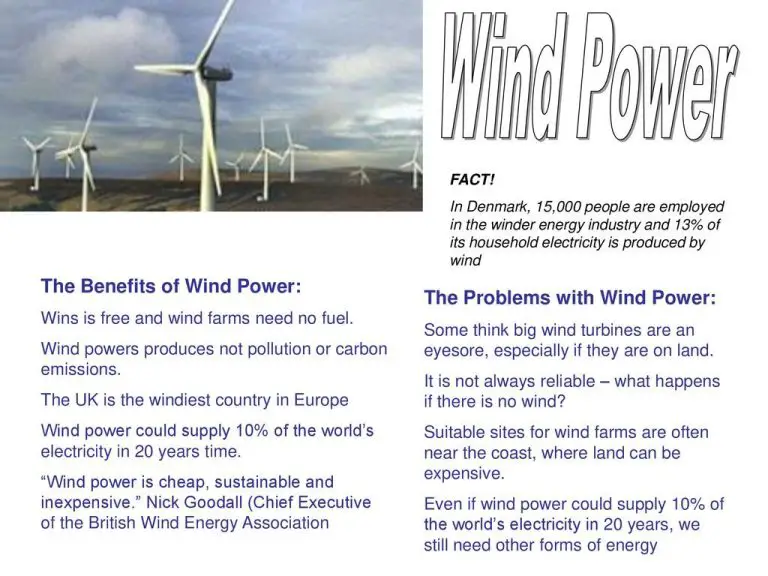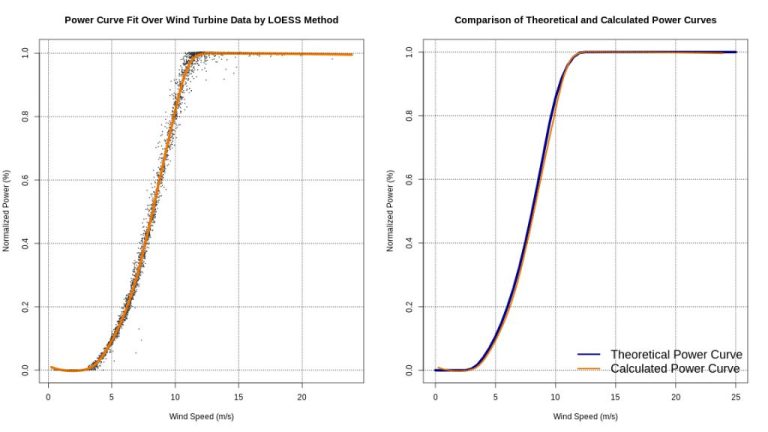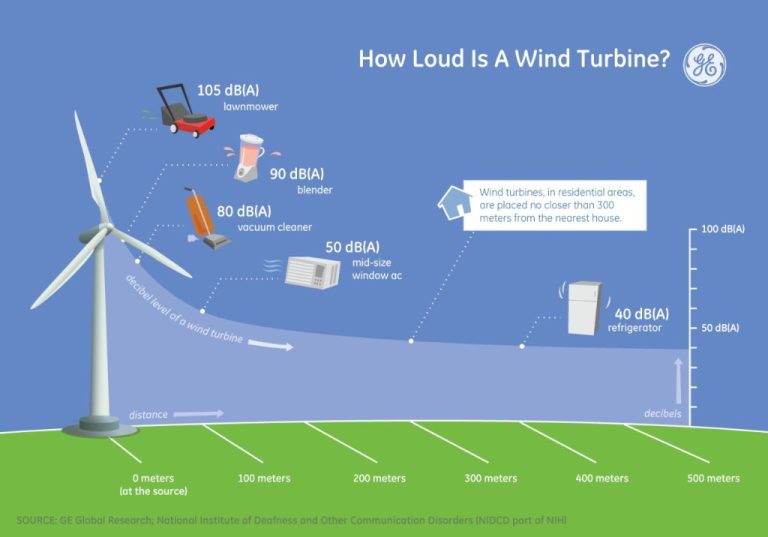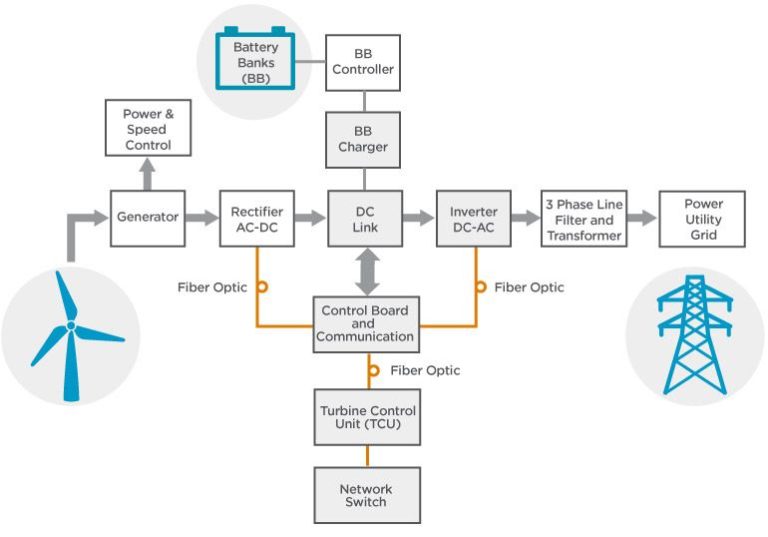Which State Has About 75% Of The U.S. Wind Energy Production?
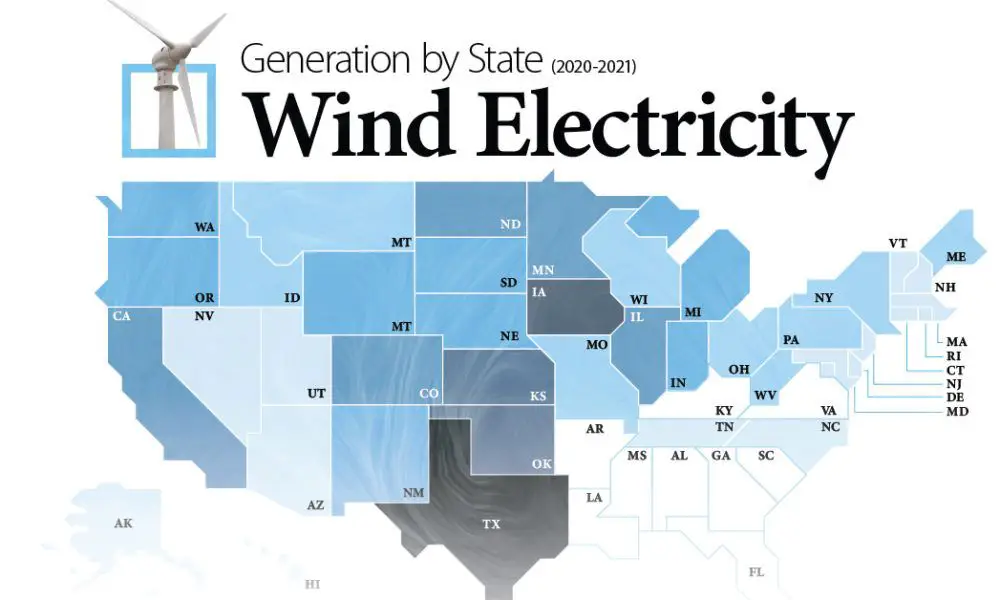
Wind energy production has been growing rapidly in the United States over the past decade. As concerns about climate change and desire for energy independence increase, many states are ramping up investments in wind power. But where exactly is wind energy being produced in the U.S.? Which states generate the most wind power?
One state in particular dominates wind energy production, generating about three-quarters of all wind power in the country. This massive contribution underscores how essential certain states are to the overall growth and capacity of wind energy nationwide. Let’s take a closer look at wind power generation by state.
The Importance of Wind Energy
Wind energy is an increasingly important renewable and clean energy source. According to the U.S. Department of Energy, wind power is a clean energy source that harnesses the wind using turbines to generate electricity (https://www.energy.gov/eere/wind/advantages-and-challenges-wind-energy). Wind energy helps reduce reliance on fossil fuels like coal, oil and natural gas, which reduces emissions of greenhouse gases and other pollutants. The U.S. Department of Energy states that generating electricity from wind turbines emits no air pollutants or greenhouse gases.
There are also environmental benefits to using wind energy. The land surrounding wind farms can still be utilized for many purposes like farming and ranching. Wind turbines take up less physical space than fossil fuel power plants. The U.S. Department of Energy notes wind turbines only use a fraction of the space required by conventional power plants (https://www.nrel.gov/docs/fy15osti/62823.pdf). Overall, wind energy provides clean and renewable power with many environmental advantages.
Leading Wind Energy Producing States
Texas leads the nation in wind power generation, with over 24,899 megawatts of installed wind capacity, accounting for approximately 25% of total U.S. wind power as of 2019 according to Power Technology. The state continues to expand its wind energy production, adding over 2,300 megawatts in 2019 alone. Iowa ranks second, with over 8,400 megawatts of installed capacity. Oklahoma, California, and Illinois round out the top five wind power producing states.
While Texas dominates in total megawatts, Iowa leads in wind power as a share of total electricity generation. According to the Iowa Environmental Council, wind accounted for over 43% of Iowa’s electricity generation in 2020. The American Wind Energy Association notes the state could reach 100% renewable energy in the 2020s at the current pace of wind expansion. Other top states like Kansas, South Dakota, and Oklahoma also relied on wind for 30% or more of their electricity needs in 2020.
Texas
Texas generates over 28% of all wind energy produced in the United States, ranking first among all states for wind power generation. Since 2006, Texas has led the nation in total wind power capacity and new generation adds (Texas Comptroller, 2023). In 2023, Texas produced 36,303 megawatts of wind power, representing 28.6% of the state’s total electricity generation (Texas Comptroller, 2023). Major wind projects in Texas include the Roscoe Wind Farm (782 MW), Horse Hollow Wind Energy Center (735 MW), Capricorn Ridge Wind Farm (662 MW), and Panhandle Wind Ranch (478 MW) (Texas Comptroller, 2022). The state’s vast wind resources, available land, and renewable energy incentives have enabled Texas to become the nation’s largest producer of wind energy.
Sources:
Texas Comptroller. (2023). Wind Power: Energy is Good for Texas. https://comptroller.texas.gov/economy/economic-data/energy/2023/wind-snap.php
Texas Comptroller. (2022). Texas’ Energy Profile. https://comptroller.texas.gov/economy/fiscal-notes/2022/sep/energy.php
Iowa
Iowa leads the nation in the percentage of electricity generated from wind power, producing over 34 billion kWh of wind energy in 2020 according to the Iowa State Energy Profile. This amounted to over 62% of Iowa’s total electricity generation in 2022, making wind power by far the largest source of electricity in the state (Wind power in Iowa).
Some of Iowa’s largest wind farms include the MidAmerican Energy Rolling Hills wind farm with 448 wind turbines and the recently completed Maverick Creek wind farm with 158 turbines. Iowa is also home to many smaller wind farms like the Top of Iowa Wind Farm with 240 turbines across two counties.
With over 10,900 wind turbines across the state, Iowa has cemented itself as a national leader in wind energy production (Iowa Environment). The state generates enough electricity from wind to power over 6 million homes.
Oklahoma
Oklahoma is the second largest wind energy producing state in the United States. According to the U.S. Energy Information Administration, Oklahoma generated 34.6% of its electricity from wind power in 2019, second only to Texas.
Some of the major wind farms in Oklahoma include the Alta Wind Energy Center, Blue Canyon Wind Farm, Los Vientos Wind Farm, and Horse Hollow Wind Energy Center.[1] As of 2019, Oklahoma had over 8,000 wind turbines installed across the state with a total capacity of over 8,000 megawatts.[2]
With ample wind resources and supportive policies, Oklahoma is poised to continue expanding its wind energy production in the coming years. The American Wind Energy Association ranks Oklahoma 3rd in the U.S. for potential future wind energy development.
California
California was one of the early adopters of wind power in the United States and has continued to be a leader in wind energy production. According to the California Wind Energy Association, wind power accounted for approximately 10% of in-state electricity generation in 2019, generating around 37 million MWh that year alone[1]. While impressive, wind only accounted for about 4% of California’s total wind energy production in the U.S. in 2019 according to the U.S. Energy Information Administration[2].
Some of California’s major wind farms contributing to its wind energy production include:
- San Gorgonio Pass – one of the oldest commercial wind farms in the U.S. with over 3,000 wind turbines
- Altamont Pass – another early wind farm with over 5,000 turbines
- Tehachapi Pass – one of the largest wind resource areas in the state with over 4,000 turbines
- Alta Wind Energy Center – one of the biggest in the world with an over 1,500 MW capacity
While California has made big strides in wind power, it does not produce nearly as much wind energy as the top state, which produces over four times as much wind power.
Illinois
Illinois ranks 5th in the nation for installed wind energy capacity, producing 7,542 megawatts in 2020 which powered nearly 1,232,000 homes. Wind energy generates around 10% of all electricity produced in Illinois (https://cleanpower.org/resources/wind-energy-in-illinois/).
Some of the major wind farms in Illinois include the Rail Splitter Wind Farm in Tazewell and Logan Counties which has 240 turbines capable of generating 496 megawatts. The Top Crop Wind Farm in Grundy County has 130 turbines producing 300 megawatts. The Grand Ridge Energy Center in LaSalle County has 145 turbines with a capacity of 300 megawatts (https://en.wikipedia.org/wiki/Wind_power_in_Illinois).
While Illinois produces a significant amount of wind energy, it accounts for less than 2% of total U.S. wind energy production which is dominated by states like Texas, Iowa, and Oklahoma.
Other Notable States
While Texas, Iowa, Oklahoma, and California lead the country in wind power production, several other states also have significant wind energy capacity. Kansas ranks fifth among states with over 6,000 MW of installed wind capacity according to ChooseEnergy. The American Wind Energy Association notes Kansas produces enough wind energy to power every home in the state. Other leading wind power states include New York, Illinois, Oregon, Washington, Colorado, and Wyoming. Many of these states have ideal locations for wind farms and ambitious renewable energy goals driving continued growth in wind power.
Conclusion
In summary, Texas produces the most wind energy in the United States, accounting for about 25% of the country’s total wind power generation. With over 14,000 wind turbines across 40 wind farms, Texas has established itself as a leader in harnessing wind as a renewable energy source.
The Lone Star State generates over 30,000 megawatts of wind power annually, far outpacing other top wind energy producing states like Iowa, Oklahoma, California and Illinois. This is thanks to Texas’ favorable geographic conditions, proactive policies and robust infrastructure supporting wind power development.
As the urgency around climate change and clean energy grows, wind power will continue increasing in importance across the U.S. Texas is poised to maintain its dominance in wind energy production, while also serving as a model for other states looking to tap into this sustainable and renewable resource.

